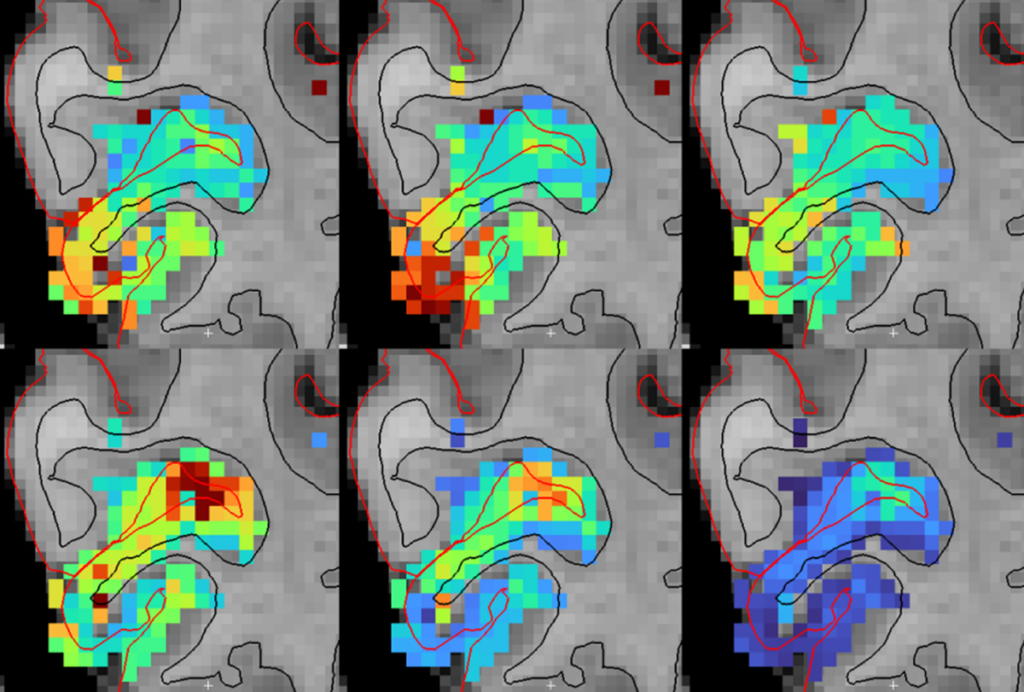Did Einstein have autism?
Obsessive detail to certain topics, trouble communicating clearly, and poor social skills.
Obsessive detail to certain topics, trouble communicating clearly, and poor social skills.
Very broadly speaking, that sounds like many scientists I’ve encountered over the years.
But a British psychiatrist is now saying that some of the best-known scientists of all time had Asperger syndrome, a high-functioning disorder on the autism spectrum, which is characterized by similar symptoms.
According to Michael Fitzgerald, professor of psychiatry at Trinity College in Dublin, a long list of ‘geniuses’ ― including Albert Einstein, Isaac Newton, George Orwell, H. G. Wells Ludwig Wittgenstein, Beethoven, Mozart, Hans Christian Andersen and Immanuel Kant ― all had Asperger syndrome.
“I’m arguing the genes for autism/Asperger’s, and creativity are essentially the same,” Fitzgerald apparently told a conference in London.
Fitzgerald’s proof of this claim is accounts of these geniuses that describe them as loners, difficult, highly focused for decades on a single problem without paying attention to others’ views (never mind Einstein’s sense of humor, seldom seen in Asperger syndrome).
Hmmm. Maybe they were just really intelligent and fascinated with the problems they were working on ― sort of like, as I said before, most scientists.
Recommended reading
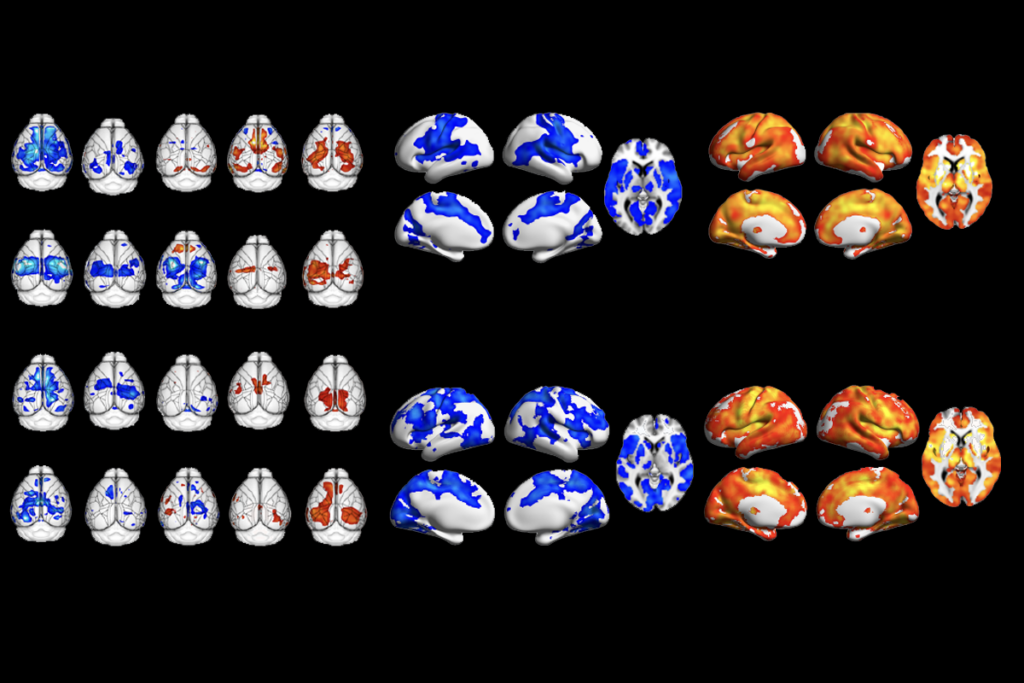
Too much or too little brain synchrony may underlie autism subtypes
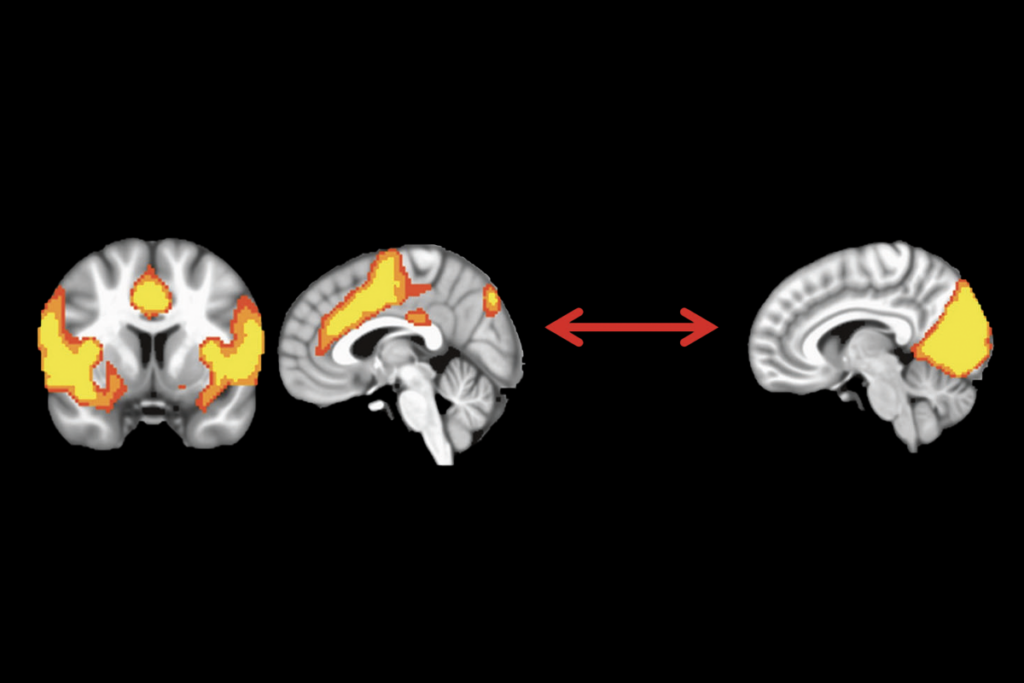
Developmental delay patterns differ with diagnosis; and more
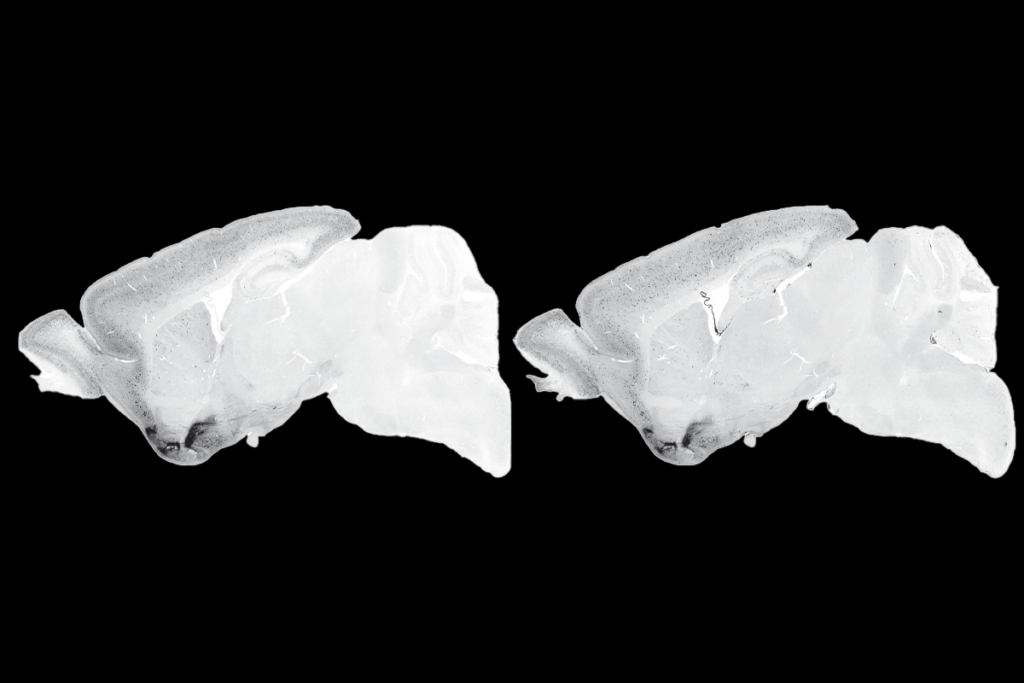
Split gene therapy delivers promise in mice modeling Dravet syndrome
Explore more from The Transmitter
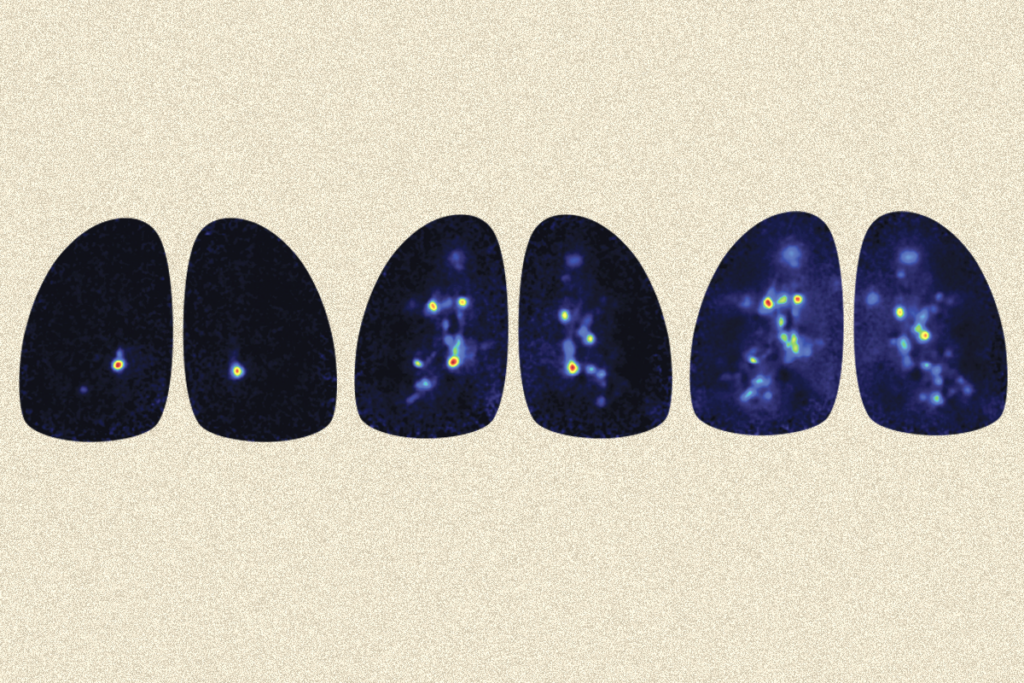
Smell studies often use unnaturally high odor concentrations, analysis reveals
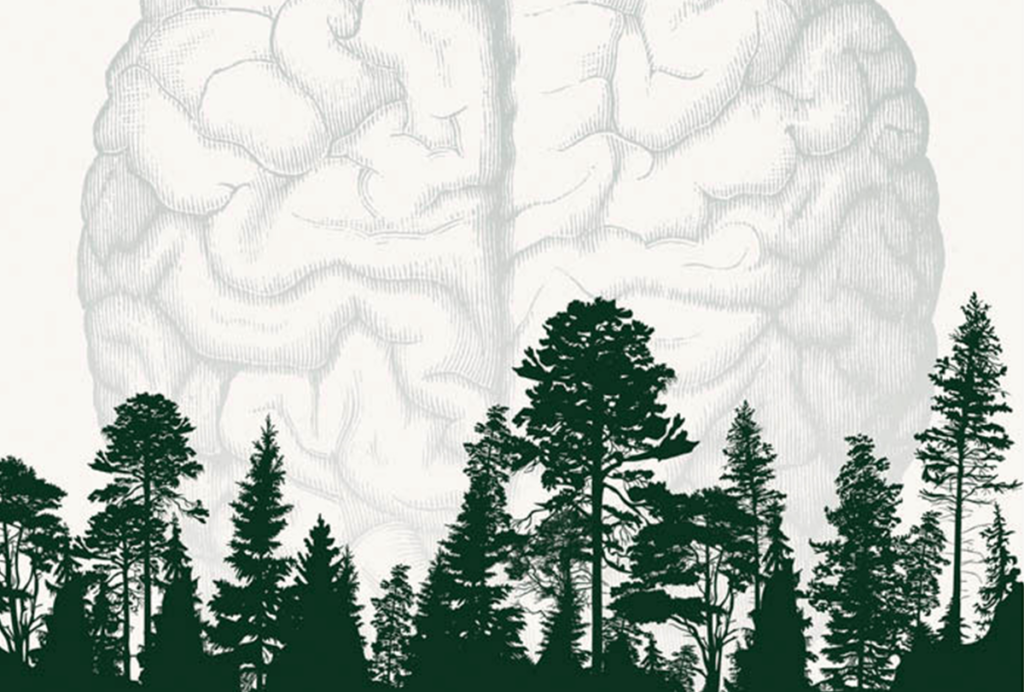
‘Natural Neuroscience: Toward a Systems Neuroscience of Natural Behaviors,’ an excerpt
